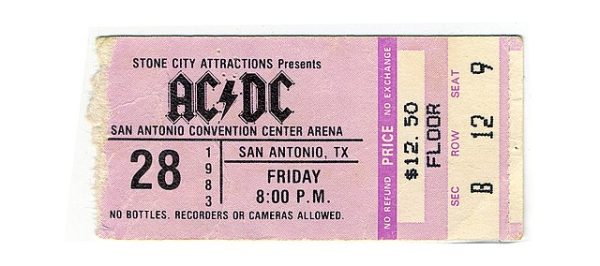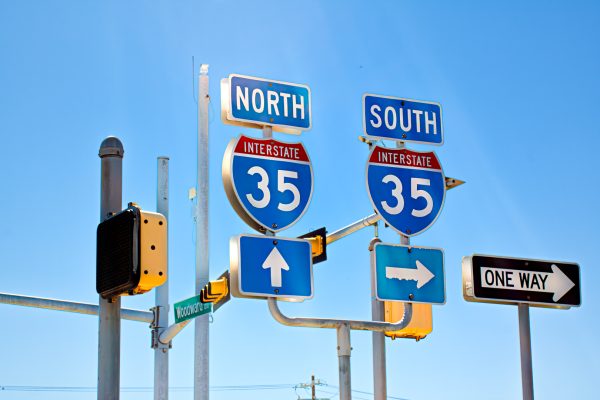Helvetica maintaining visiblity through new logos, websites
Since last month’s universally lauded release of iOS7, the iPhone-using world is getting a close look at a beautiful typeface: Helvetica Neue UltraLight.
Arguably the foremost cutting-edge technology company in the world, Apple’s design choices have considerable influence on the technology industry at large and hip consumer preferences alike.
What does their use of such a thin, streamlined typeface say about modern society as a whole?
First of all, I will go on record as a huge fan of Helvetica Neue UltraLight. Perhaps I liked it before it was big; I will not go there, though.
To me, Helvetica is one of the most pleasing typefaces to visually behold. Those slender lines and perfectly articulated curves…wow. Before this turns into a fanboy’s panegyric, let us return to the land of objectivity.
Commonly held typography wisdom is that serif typefaces are more legible and can be read in a shorter period of time than sans serif typefaces, making serif the obvious choice for text that comprises reading materials such as books and articles.
However, a study by Rudi W. De Lange, Hendry L. Esterhuizen and Derek Beatty of Technikon OFS, a university in South Africa, entitled “Performance Differences Between Times and Helvetica in a Reading Task,” provides evidence that Helvetica may be an exception to this wisdom.
The study found no statistically significant difference between the scanning speed, reading speed, accuracy and comprehension of test subjects between a body of text typed in Times (serif) and the same text typed in Helvetica (sans serif).
Apple is hardly the first major company to make the shift to streamlined design.
Recent updates to the logos of countless major sites, including Yahoo!, Ebay and Amazon reflect a more minimalist design than previous versions of the sites, most noticeably in the use of thin typefaces.
Google also cleaned up the infamous black bar across the top of the site, compartmentalized most of the services into an application button and changed the logo, removing the 3-D text effect and the drop shadow.
This trend toward minimalism — or what I like to call Helvetic Imperialism — in logo, product and website design, that has taken the world by storm in the past few years, is good for all concerned parties. Each brand of minimalism being adopted by these major companies is distinct in its own way.
What does distinctive minimalism, when done well, evoke in users and customers? It elicits a sense of peace and well-being, by communicating that the company is straightforward and professional without being cold and unemotional. The colors and personalities of each site provide enough of a human element to satisfy the need to feel an emotional connection to the site and company.
I hope that die-hard design embellishists from the early days of Geocities, where the typical page had at least five different typefaces (one of which was the requisite Comic Sans,) will begin to see the beauty and simplicity in distinctive minimalist design. They should embrace the trend of ‘Helvetic Imperialism” most recently spearheaded by Apple’s move to Helvetica Neue UltraLight as the primary typeface. It is about time we evolve a bit.






